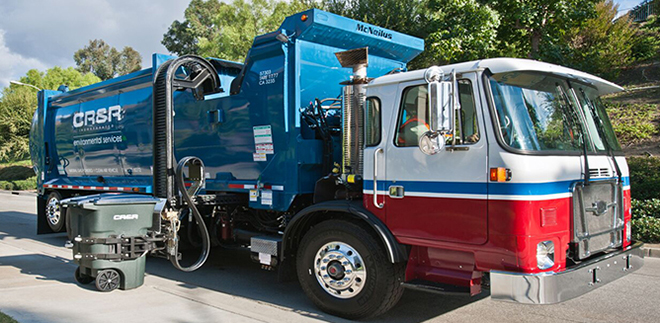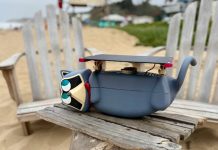 Newport Beach, along with the rest of California, is stepping up its approach to organic waste management to achieve significant landfill reductions as well as improved materials recycling.
Newport Beach, along with the rest of California, is stepping up its approach to organic waste management to achieve significant landfill reductions as well as improved materials recycling.
The goal to is to preserve resources and reduce greenhouse gas emissions to cultivate a sustainable environment.
Organic waste comprises the largest material landfilled in California each year. It includes:
- Food scraps: fruit, vegetables, cheese, meat, bones, bread, rice, pasta, and oils.
- Food-soiled paper: uncoated paper affected by food waste including paper towels and napkins, tea bags, coffee filters, paper plates and other compostable food packaging.
- Yard trimmings: grass, leaves, flowers, hedges, tree branches.
In 2016, then-Governor Brown signed Senate Bill 1383 directing the state’s Department of Resources Recycling & Recovery, “CalRecycle,” to adopt requirements to achieve a 75 percent reduction in organic waste disposal by 2025.
The requirements apply across the board to residents, commercial businesses, schools, and government entities.
In Newport Beach, residential refuse collection is provided to approximately 27,000 homes under a contract with CR&R Environmental Services. The City is currently working with CR&R to implement a three-cart system for trash, recycling, and green waste.
In the coming months, the goal is for the small number of remaining homes that do not already have a blue lid recycle cart to receive one (typically just switching out one of their existing black lid carts for a blue lid cart).
By January 2022, it is the goal that each residence will have three separate carts with color coded lids: black for trash, blue for dry recyclables, and green for organics. Organic waste collection will now need to be “source-separated” into the green lidded cart. The city also has plans to provide each household with small “kitchen bins” to assist in keeping daily organic waste separated.
One concern raised by some residents is the space required for an additional organics cart at households. The carts come in three sizes so presumably two larger carts can be replaced with three smaller carts, or some combination thereof, and the space requirements should remain about the same.
If you don’t already have a blue lidded recycle cart, contact CR&R and they will provide one free of charge.
What about other waste?
- Pharmaceutical waste: can either be taken to one of four Orange County Household Hazardous Waste Collection Centers or “treated” and placed in a trash bin. To treat capsules, pills, or liquids, add water and mix with salt, dirt, or ash. Put liquid medicine in a plastic bottle to prevent against breakage. Place all treated items in a box and wrap with several layers of duct tape. “Sharps” like needles or auto-injectors are illegal to dispose of in the trash, they must be collected in a specific container obtainable free of charge either at City Hall or OASIS Senior Center.
- Household hazardous wastes: flammable, corrosive, or toxic chemicals. CC&R will collect some items like motor oil, paint, batteries, cleansers, pool chemicals, electronic waste, and pesticides. Orange County Household Hazardous Waste Collection Centers also accept this type of waste.
- Batteries: can be wrapped in plastic bags or treated with stickers covering each end and placed in a “Big Green Box” at City Hall, Central Library, Mariners Library, Newport Coast Community Center, or OASIS Senior Center.
- Building materials: lumber, shingles, plaster, bricks, stones, concrete, asphalt, carpet, and drywall should be disposed of in roll-off dumpster bins. The city maintains a list of franchised haulers that supply these bins.
Contacts:
- City of Newport Beach: (949) 644-3055 / pwinfo@newportbeachca.gov.
- CC&R: (949) 625-675 / csnewport@crrmail.com.
- OC Household Hazardous Waste Collection Centers: oclandfills.com/hazardous.




